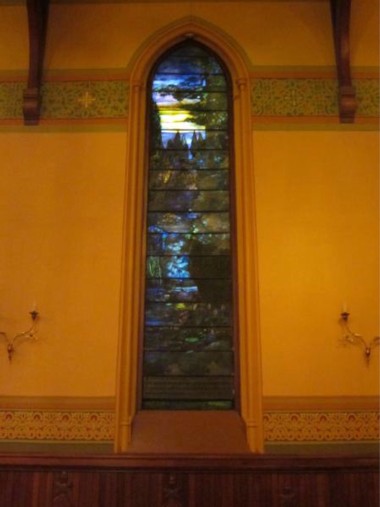Blarney Blowout Underscores Bad Policing
Regarding Stephanie Kraft’s article “The Blowout and the Blarney” (March 20, 2014), I only know what I have read about [the Blowout], but it looks like the mainstream media have blamed UMass for it simply because it was an easy stereotype. The problems had more to do with criminals, the liquor business and the police, which have the ear of local government.
Chief Livingston’s comments are an example of what is wrong with law enforcement in Massachusetts. They think if they act high-handed toward everyone, treating criminals and others alike, it will stop crime. And legislative bodies populated with elements from the low end of the bell curve simply parrot that belief.
Had a homeowner shot an intruder, the police would engage in extreme Monday morning quarterbacking, looking for excuses to arrest him if he had a shred of paperwork out of order. Shooting from behind would most certainly get that person arrested. Shooting an unarmed intruder would get him arrested. Yet in the case of the Blarney Blowout, it looks like people were pepper-sprayed who were not attacking anyone, an act which would get an ordinary citizen arrested. Livingston went on to say that the police do not like to make arrests because it ties up cops who would be used for “crowd control.” Why would a crowd need to be controlled if the criminal elements were removed and arrested, which the chief says he is reluctant to do? In other words, the same cops who would show up in riot gear in an attempt to threaten the general populace are unable or unwilling to focus on genuine threats to the public.
Now the problem of an “open campus” is being discussed. I am not a student at UMass, but I like to use the library. Others have other things that they like to use. Are we now seen as a problem to be pepper sprayed?
Improve Forest Management, Don’t Stop It
About Massachusetts Forest Watch’s Chris Matera and his view of a forestry project in Northampton, Tom Vannah wrote, “While [Matera] didn’t criticize the city’s hired forester specifically, he said all foresters have a bias: ‘A forester is not out there to protect the forest; he’s there to produce timber.’”
Yes, foresters do produce timber. That’s part of the job. But the job includes doing it with minimal, if any, damage to the forest. They produce timber because people like wood. As for David Foster’s study suggesting that logging does not help the water quality, I don’t think he has done any research showing it hurts the water, either. So if, as Chris Matera says, this “is what the debate is all about,” not about the public enjoying mature, uncut forests, then we need to see evidence from the critics that there is damage to the water.
As for “boilerplate timber industry propaganda,” every single industry, business, profession, trade union, government agency, NGO and religious organization has its own propaganda. That doesn’t mean they’re all bad, only that they’re trying to present themselves as well as possible, often ignoring or denying darker sides. To call something propaganda doesn’t say much. I’ve been a forester for 40 years and I’m one of the biggest critics of timber industry and forestry profession propaganda, because I believe such propaganda isn’t necessary to justify high-quality forest management. Much of what passes for forestry is indeed poor-quality work, but what we need to do is focus on improving forest management, not stopping it. It’s a fair consideration for some people to propose no forestry management on certain public lands, but if the officials, through a public process such as the state’s “forest vision” effort of a few years ago, conclude that forest harvesting on some public lands should continue, the critics ought to find another battle to fight, such as stopping the far more destructive solar and wind farms which the forestry critics ignore, that being their dark and naive side.
Correction: In our March 20 issue, we ran a photo of a stained glass window incorrectly identified as the work of Louis Comfort Tiffany. This photo, taken from inside First Churches in downtown Northampton, shows the Tiffany window.



